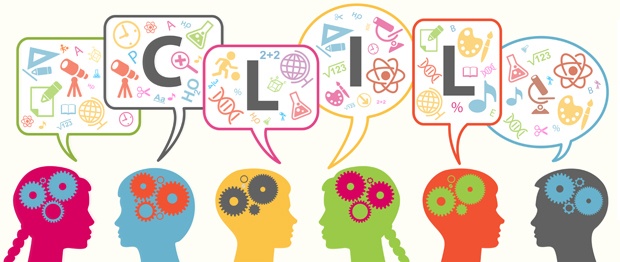1- What is “Content and Language Integrated Learning” (CLIL)?
CLIL is a dual-focused educational approach in which an additional language is used for the learning and teaching of both content and language with the objective of promoting both content and language mastery to pre-defined levels.
In class we have watched the following video, which illustrate really well the reality of CLIL:
Here is a very illustrating video in which we can see how David Marsh explains CLIL and his own experience on when this approach worked and where it didn't.
And what about CLIL in Finland? Again, here is what David Marsh tells us:
2- Is there any difference between immersion and CLIL teaching? If so, what are the main differences?
There are some differences between immersion programs (click in the this link and get more information about specific programs) and CLIL teaching. In this article you will a very good and accurate comparison between both methodologies. For example:
- Language of instruction:
- In immersion, the language is often present in the students' context (their home, society or both), whereas CLIL it is about foreign languages.
- Teachers:
- In a immersion programme, the teacher is normally native speaker, whereas in CLIL this is not necessary (they can be asked to have a high level in the language though)

- Teaching materials:
- The teaching materials which are used in immersion approaches are based in native speakers. However, materials used by CLIL normally use abbreviate materials.
- Language aim:
- In immersion programs, the main objective is to obtain a certain degree of proficiency in the language and students can't use their mother tongue, whereas CLIL is aimed at achieving a functional proficiency and the students may use their L1 if needed.

No comments:
Post a Comment